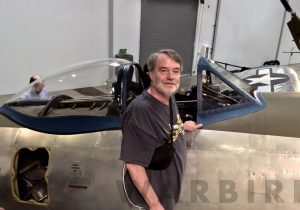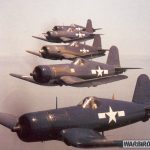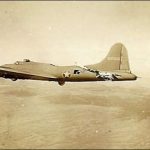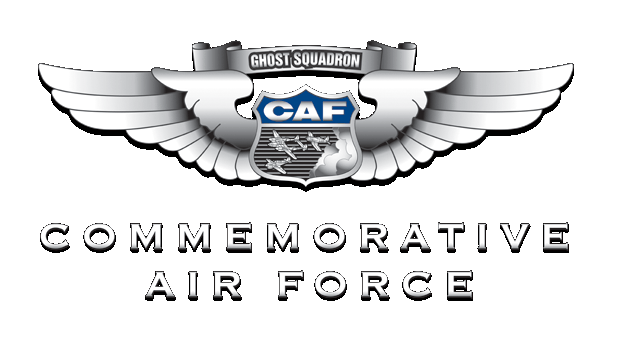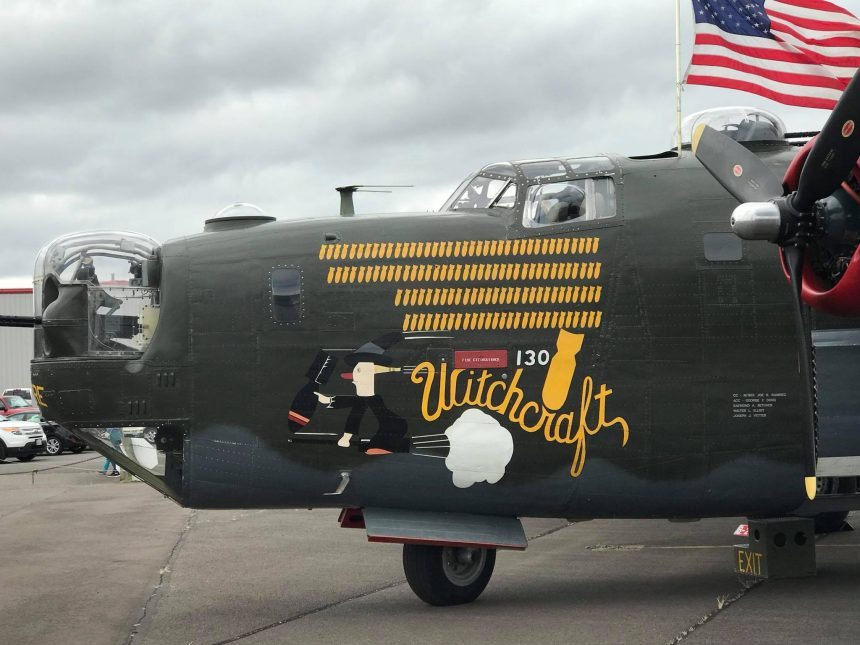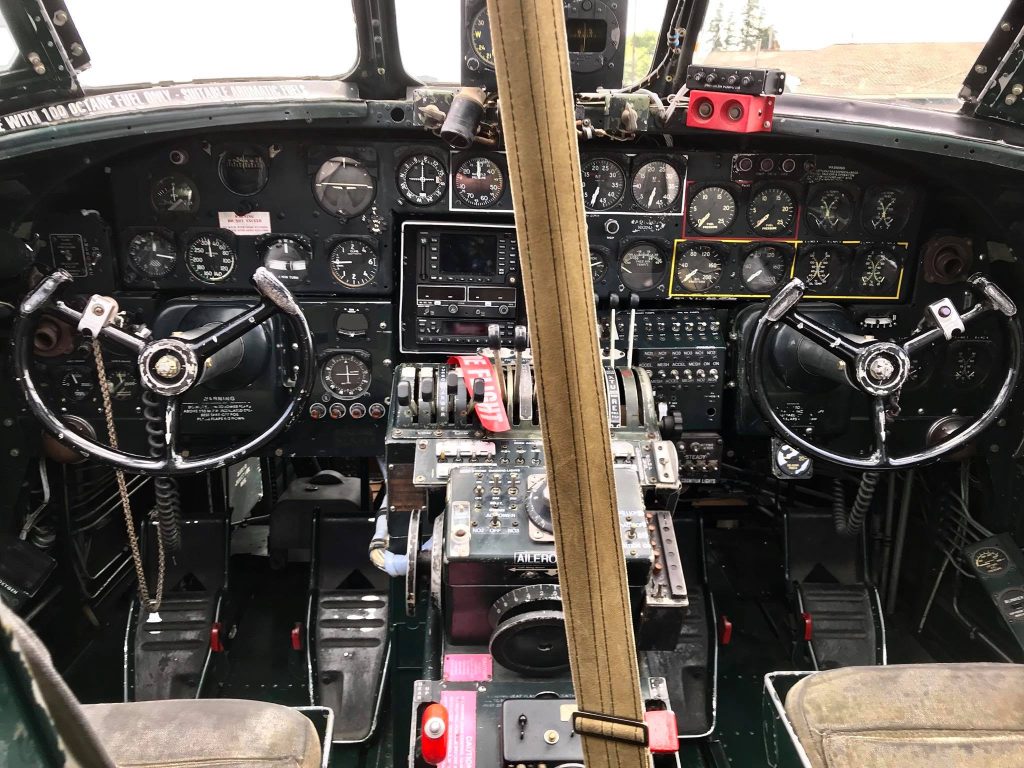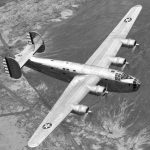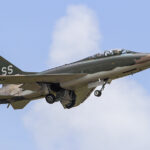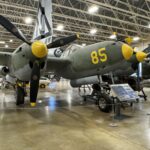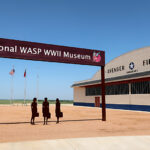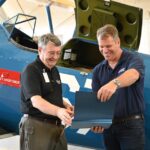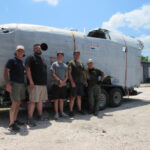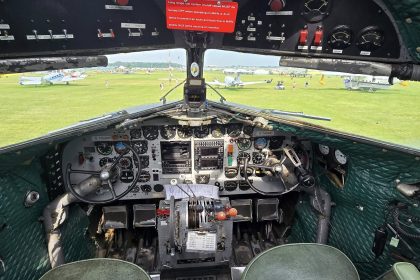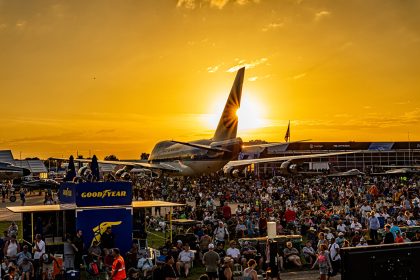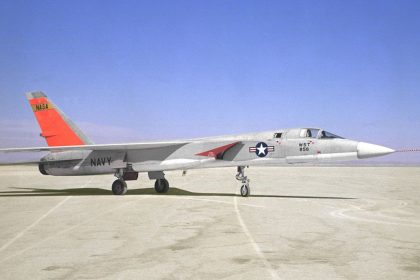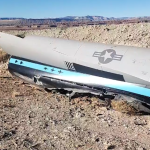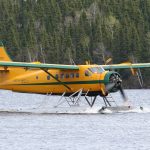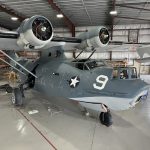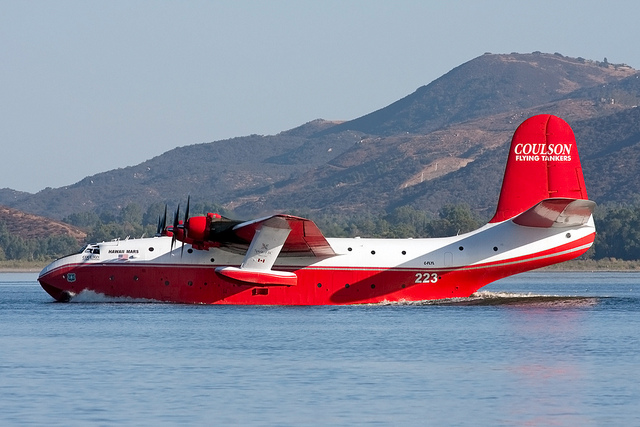By Randy Malmstrom
Since his childhood, Randy Malmstrom has had a passion for aviation history and historic military aircraft in particular. He has a particular penchant for documenting specific airframes with a highly detailed series of walk-around images and an in-depth exploration of their history, which have proved to be popular with many of those who have seen them, and we thought our readers would be equally fascinated too. This installment of Randy’s Warbird Profiles takes a look at the Collings Foundation’s B-24 Liberator, Witchcraft.
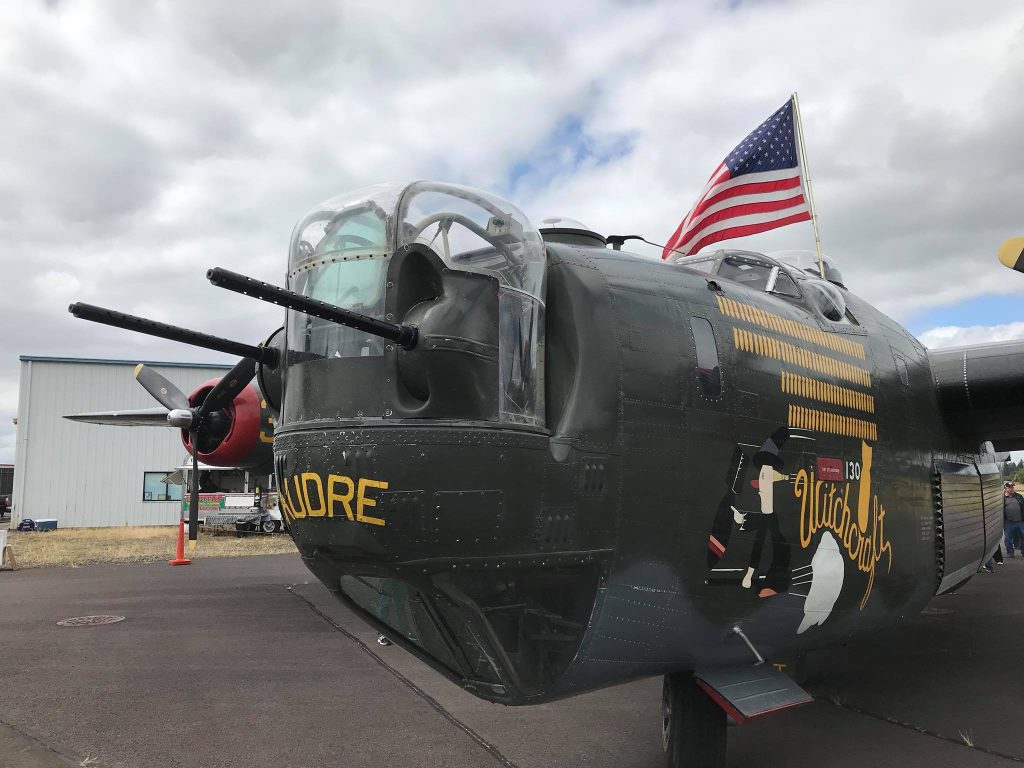
Consolidated/Hill B-24J-85-CF Liberator, s/n 44-44052, N224J. This particular aircraft was built at Consolidated Aircraft Company’s Fort Worth, Texas plant (hence the “CF” designation) in August 1944. It was delivered to the U.S. Army Air Forces in October of that year, and was then transferred to the British Royal Air Force’s ACSEA (Air Command, South East Asia) 8 Squadron (the successor to 200 Squadron) with serial number KH191 under Lend/Lease. (The terms of Lend/Lease stipulated that aircraft should be returned to the U.S. after the war – in the least case, not fall into the hands of any other military.)
The squadron was formed as a Special Duties Squadron at Jessore, Bangladesh on May 15, 1945, and was disbanded on November 15, 1945, at Minneriya, Ceylon (as it was known at that time – now Sri Lanka). The aircraft flew anti-shipping patrols, bombing and re-supply missions (other RAF B-24’s in the India area flew parachute drops into Burma). The aircraft was struck off charge on April 11, 1946 and was left abandoned at the RAF bomber graveyard at Khanpur, India.
The RAF technique was to damage aircraft to make them unusable, using bulldozers and trucks to ram the fuselages, which were also pierced with pickaxes. Instruments were broken and sand poured into the engines. The Indian Air Force employed Hindustan Aircraft Limited (HAL), at that time a large aircraft servicing organization (now Hindustan Aeronautics Limited), to restore this and other abandoned aircraft in India. A HAL pilot flew a total of 42 partially restored B-24s (with cannibalized parts) to HAL’s factory in Bangalore for complete restoration – U.S. Army Air Forces pilots were approached to fly them but they declined. This aircraft then flew with the Indian Air Force as a trainer with the designation T-18 from 1948 until 1968.
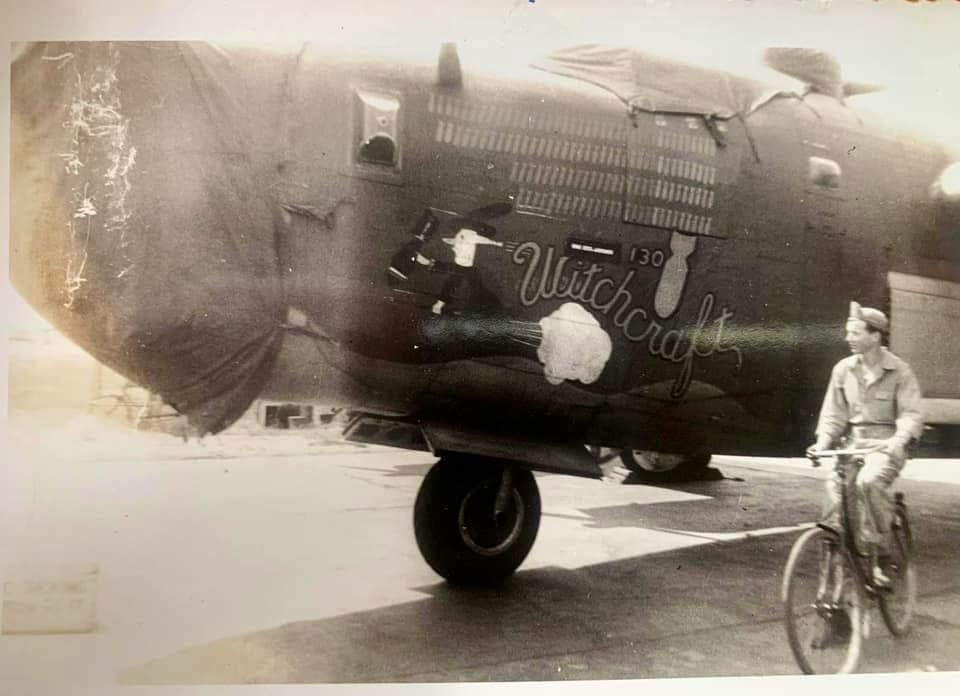
In 1981, British aircraft collector Doug Arnold/Warbirds of Great Britain Ltd. procured it from India, had it disassembled, and shipped to the U.K. Dr. Robert Collings acquired it in 1984, had it restored, and it flew again in 1989 as Golden Girl/All American (the Schlitz Golden Girl nose art on the right side and the All American nose art on the left: there was a B-24 All American of the 461st Bomb Group of the Fifteenth Air Force that was shot up on a mission over Munich on October 4, 1944, and the crew had to bail out over Yugoslavia – all survived).
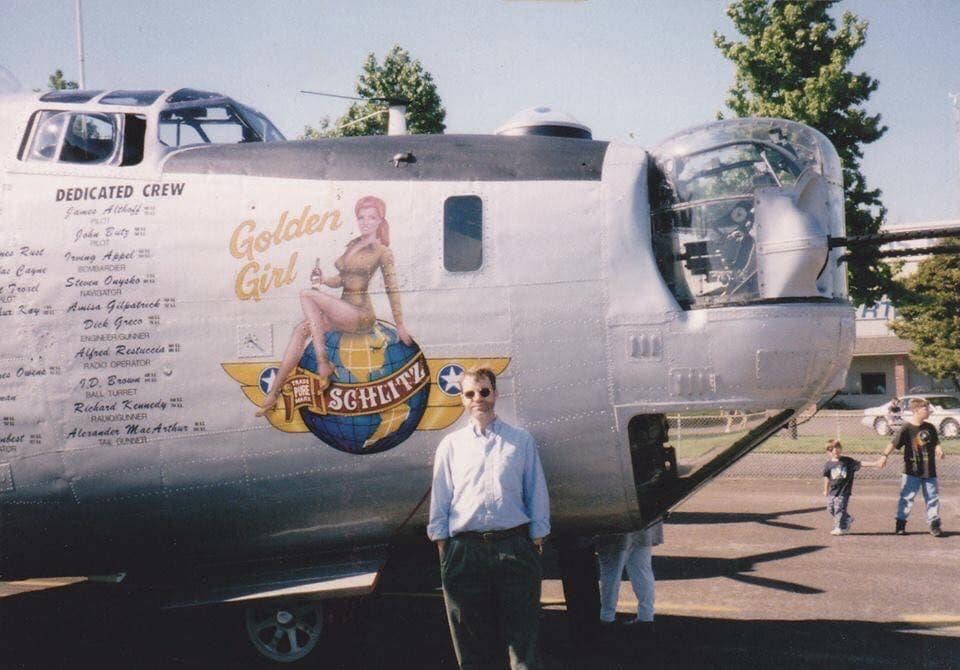
In 1998, it was repainted to represent The Dragon and His Tail which was an aircraft which flew with the 5th Air Force, 43rd Bomb Group, in the Pacific Theater. In 2005, it was re-painted as Witchcraft which was a B-24H that flew with the 467th Bombardment Group, 790th Bombardment Squadron of the U.S. Army Air Corps Eighth Air Force.
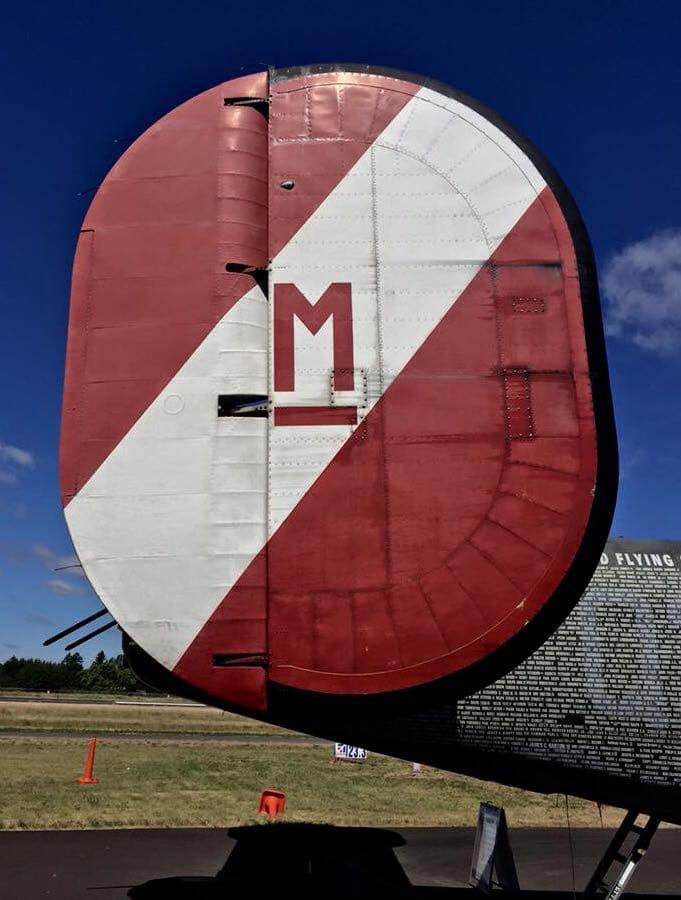
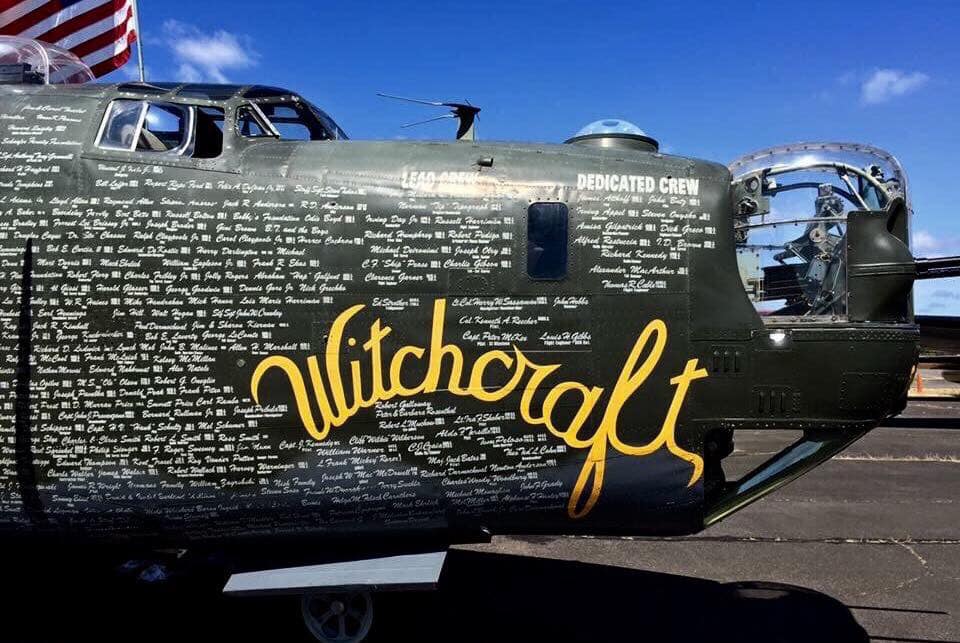
The registered owner is CCT of 1979 B-24 Series LLC B-24 Series. The names painted on the fuselage are veterans, volunteers and, in some cases, donors. It had been flying with the Collings Foundation “Wings of Freedom” tour.
About the author
